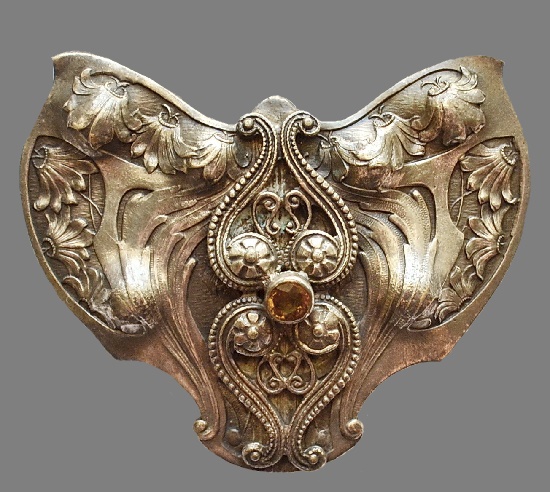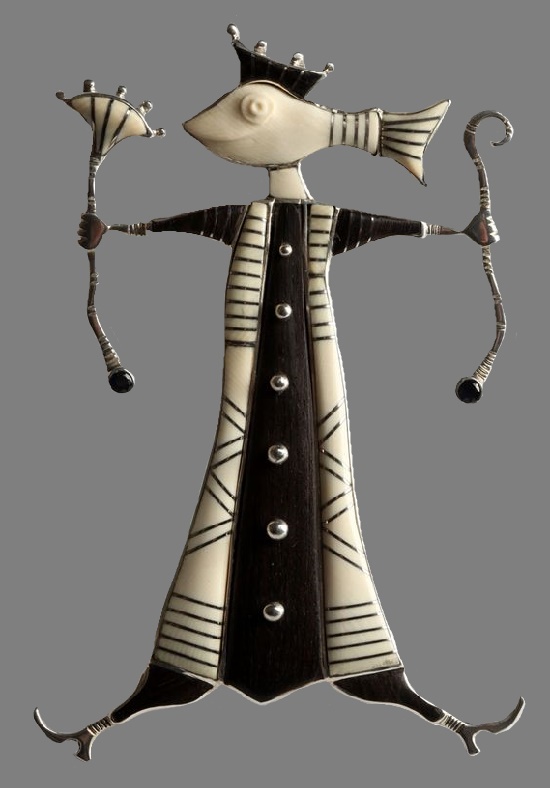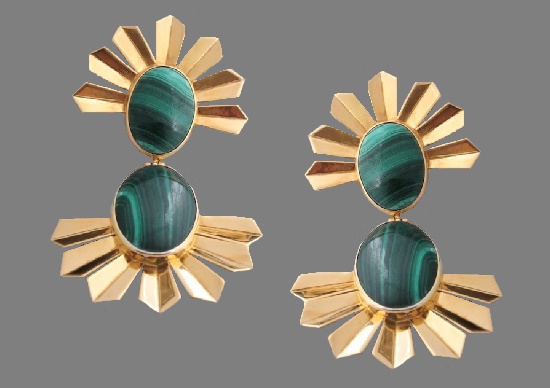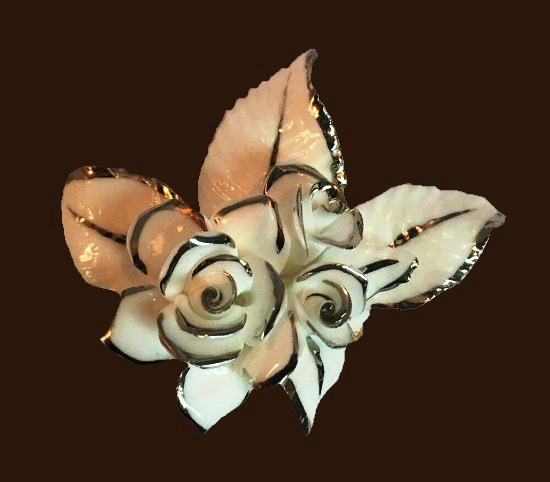Robert and John Rubel jewellery
Robert and John Rubel jewellery
Born in the Austro-Hungarian Empire in the late 1800s, brothers Robert and John Rubel created high jewelry pieces in their workshop in Hungary. In 1915, they moved to Paris and began creating under the name Rubel Freres.
The Rubel brothers set up a jewelry workshop near one of the five “royal squares” of Paris, the famous Place Vendome. The place was famous for its jewelry boutiques, including Chanel headquarters, Cartier and Chaumet. Also, since 1934, the house number 21 belongs to the fashion house of Elsa Schiaparelli.
Noteworthy, Van Cliff & Arpels quickly became their customer and part of their production.
Thanks to the extraordinary skills and craftsmanship, the company enjoyed success, having opened branches in Paris and London. When Van Cleef & Arpels opened its first workshop and store in New York City in 1939, the Rubel brothers moved there too.
Read more »






